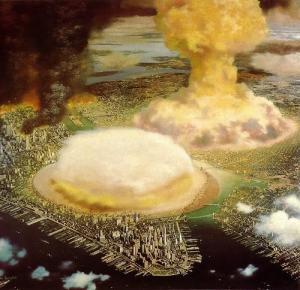
Аннотация
Carl Sagan, a modern-day Renaissance man of science, was born in 1934 in New York. After graduating with both a B.A. and a B.S. degree from the University of Chicago, Sagan completed his M.S. in physics and earned a Ph.D. in astronomy and astrophysics in 1960.
Sagan was nominated to join the Smithsonian Astrophysical Observatory in 1962. At the same time, he also worked with the Nobel-prize winner Joshna Lederberg, investigating the origins of life on Earth, and taught genetics at Stanford. Sagan then taught astronomy at Harvard until 1968, when he became professor of astronomy and space sciences at Cornell University. He was then appointed director of the laboratory for Planetary Studies. Sagan was awarded the NASA medal for exceptional scientific achievement in 1972, after his hypotheses about Mars were validated by data obtained from the 1971 Mars Mariner expedition. Beginning in 1968, Sagan was editor of Icarus, the international journal of astronomy, and wrote many distinguished books. His works include The Cosmic Connection (1973), which received the Campbell Award for best science book; the Pulitzer-prize winning Dragons of Eden (1977); Broca’s Brain (1979), on developments in neurophysiology; and Cosmos (1980), which accompanied his widely-acclaimed television series. In “The Nuclear Winter” (1983), Sagan explored the unforeseen and devastating physical and chemical effects of even a small-scale nuclear war on the earth’s biosphere and life on earth.
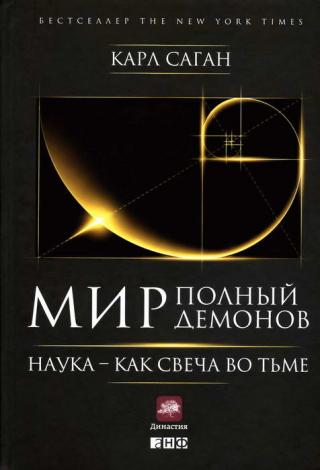

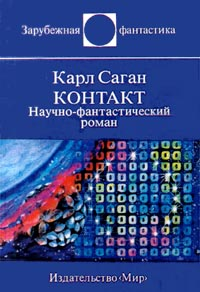
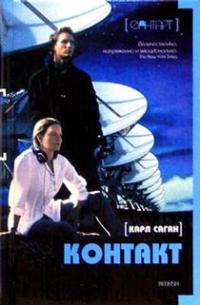
![Viele Jahre schon lauschen die Radioteleskope von „Projekt Argus“ ins All, um Signale fremder Intelligenzen irgendwo im Universum aufzufangen. Und dann ist plötzlich Kontakt da. Aus einer Entfernung von 26 Lichtjahren übermitteln fremde... Contact [Contact - de]](https://www.rulit.me/data/programs/images/contact-contact-de_262033.jpg)
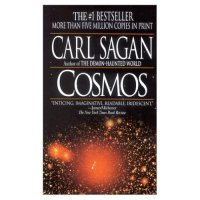
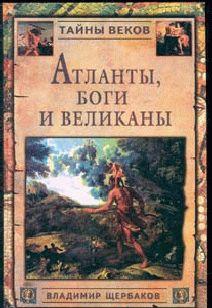




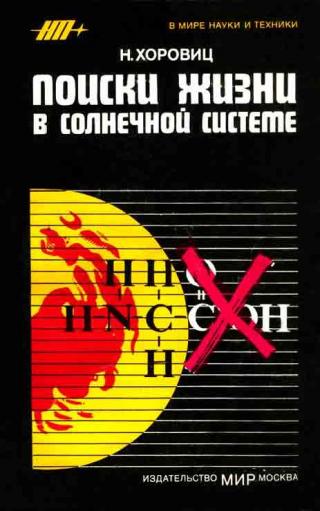

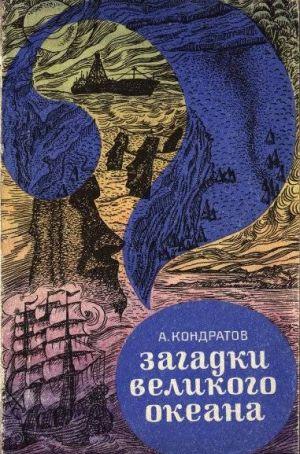
Комментарии к книге "The Nuclear Winter"